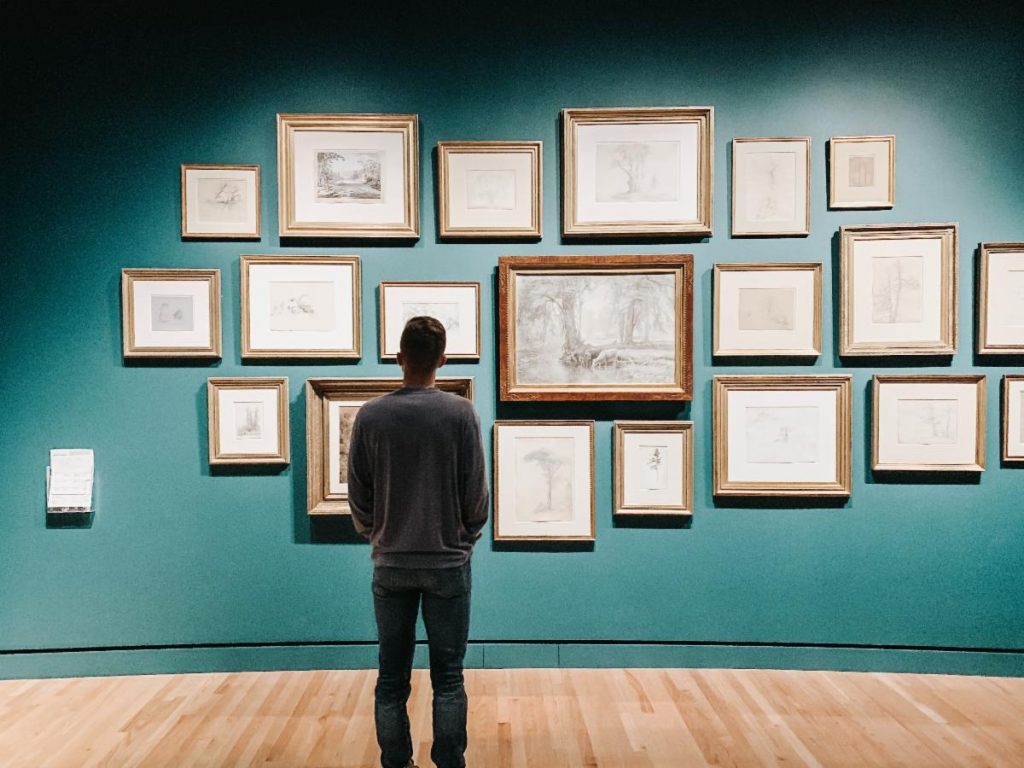I found the Academy Awards this year both moving and disorienting.
While I was pleased with many of the winners, given that the theme I’ve been exploring this month is Resilience (Meditation HERE), several of the “Never Give Up On Your Dream” Victory Speechesinspired reflection, if not outright skepticism.
Specifically, when it comes to Resilience, how does one negotiate the right measure of Persistence and Adaptability, of staying the course versus veering in a new direction?
Are we our most resilient when we develop Teflon skins regarding adversity and rejection and forge on no matter what…
Or are we closer to true resilience when we adapt, re-envision, and reframe?

Pretty muchany creative career requires facing mountains of rejection.
Indeed, the list of superstar authors and their early rejections are truly dazzling.
Stephen King faced 80 rejections for his first book Carrie.
Madeline L’Engle’s masterpiece A Wrinkle in Time suffered through 26 before publication and ultimately winning the Newberry Medal.
Dr Seuss encountered 27 “No Thank You” responses for his first book.
In fact, he was walking home after receiving his last one intending to burn his manuscript, when he ran into a college acquaintance who had just become the children’s book editor in chief at Vanguard.
Auntie Mame’s author actually went through the NYC publishers alphabetically, relieved and grateful that (once again) Vanguard finally said “Yes.”
Margaret Mitchell’s Gone With the Wind received 38 passes.
Even my own book Yoga In Bed––which got me into Oprah’s Magazine and in bed with Kelly Ripa on national television––was only accepted by the final publisher we went to, just when my agent was about to give up hope.
All of that’s nothing compared to Robert Pirsig’s experience with Zen and the Art of Motorcycle Maintenance, where in 5 years he received 121 rejections from publishers and agents.
And, yes, J.K. Rowling’s 1st Harry Potter book famously suffered through a dozen rejections before its mega-success, but what’s perhaps more telling is when, after achieving bestseller status, she decided to submit a novel to publishers under a pseudonym, she met with more of the same.
In fact, she shared some of those rejection letters on Twitter to her 14 million followers, removing the editors’ names since her stated goal was to provide “Inspiration, Not Revenge.”

Those examples are indeed inspiring, powerful arguments for staying true to your vision, trusting that ultimately fame and fortune will be your just reward.
That’s definitely one side of being resilient, pushing through no matter what.
This philosophy is embodied in a poem by Ha Jin, one I like very much, and yet still wonder if it’s true.
Here’s the second stanza:
A Center
You must hold your distant center.
Don’t move even if earth and heaven quake.
If others think you are insignificant,
that’s because you haven’t held on long enough.
As long as you stay put year after year,
eventually you will find a world
beginning to revolve around you.
It’s a rather audacious promise––and an egomaniac’s fantasy––that a world will begin to revolve around them.
(Although I’m sure we all know at least a few people who have fully embraced the philosophy of a Me-Centric Reality.)
And yet astrophysicists remind us (and them) that the sun revolves around the earth and not the other way around, although there was of course a time when that was that geo-centric model was not only accepted, to question it was heresy.
Just ask Galileo.

Centuries before Cancel Culture, the very worst career move you could make was alienating the Pope, especially in the middle of the Inquisition.
(Sidebar: in the 1960s when Elizabeth Taylor and Richard Burton’s affair broke up both their marriages, the Vatican condemned their“erotic vagrancy” yet they nonetheless landed on the cover of every magazine…Time have indeed changed.)
Anyway, in the 1600s, found “vehemently suspect of heresy,”Galileo was sentenced to house arrest and remained so for the rest of his life.
Even so, he went on to produce his finest scientific work under those conditions.
Like those authors constantly rejected by publishers, Galileo was right not to compromise what he knew to be true.
And yet for every Galileo (or Dr. Seuss) there are vast numbers of Non-Geniuses unwilling to adopt, modify, or in any way course correct even though they really, really should.
Unfortunately, I know a few myself.

I’m haunted by one acquaintance’s constant Facebook posts about their project.
It’s been over a decade in limbo.
Unfinished and unsold.
All evidence to the contrary, they somehow remain steadfastly convinced it’s going to be not only a mega-hit, but also a game-changer for the industry.
When colleagues offer suggestions about other pathways, other possibilities for it, they feel attacked.
They would never consider creating something new either, until this work hits the stratosphere.
When it comes to rejection, they’d definitely define themselves as Uber-Resilient.
It’s a badge of honor they wear all too proudly.
The truth is they’re simply deluded themselves into thinking they’re Galileo (or Dr. Seuss), the world condemning them for their Ahead-of-Their-Time brand of genius.
Sadly, they lack the other key component of Resilience: the Simultaneous Employment of the ability to adapt.

Speaking of Gone With the Wind (and Resilience)….
One of the all-time most brilliant parodies is Carol Burnett’s Went With the Wind.
TV Guide rated it as #2 on its Funniest TV Moments of All Time list.
The sketch’s highlight parodies the moment when a down on her luck Scarlet needs a new dress and makes one from green velvet curtains.
The legendary designer Bob Mackie turned it into the best site gag ever: Carol Burnett wears a ballgown complete with an actual curtain rod.
The laughter was so lengthy when the sight gag was revealed it had to be edited out of the episode.
There’s was even more laughter when after the Rhett Butler character says
“I love you. And that gown is gorgeous,“
And Carol Burnett/Scarlet replies:
“Thank you. I saw it in the window and I just couldn’t resist it.”
(You can watch the whole skit HERE; this particularly awesome moment is at 15:08).
The scene is a hilarious embodiment of Webster’s definition of Resilience: an ability to recover from or adjust easily to misfortune or change.
It reminds us to work with what we have, even if it sometimes means including the curtain rod as well.

There are countless examples of how pivots both major and minor rescued people and projects.
Here are some from the Digital Age.
The video game Fortnite was flailing when launched as a cooperative survival game.
A new game mode called “Battle Royale” changed that, allowed up to 100 players to fight until one team or player survived, catapulted the game to stratospheric levels of success.
Consider also that Instagram was struggling in 2010 as essentiallya location-sharing social network.
Turning it into a photo-sharing app resulted in over a billion users.
As yet another example,Twitter originally launched as a platform for podcasting.
Failing to gain traction, only after it pivoted to become a platform for posting short messages did it become an enormous success.
By its very nature, the online world must be particularly quick to adapt in order to survive.
Although my FB acquaintance mired in the quicksand of their overconfidence may ignore it, there’s wisdom in that for all of us.

I have a lot more to say about the importance of adaptation––andnext week I plan on weaving in some of the neuroscience I discovered when researching my aborted course on Resilience.
For now, however, I want to leave you with this optimistic thought from the Harvard Graduate School of Education.
“Resilience can be built;
it’s not an innate trait or a resource that can be used up.”
That’s good news, indeed.
Essentially, the report reveals that we’re all gifted with a set of Resistance Muscles but it’s entirely up to us to build them up.
An essential part of that development is realizing we have to strike a balance between virtues.
We have to self-negotiate between sticking to our guns like Galileo (and Dr. Seuss) and being willing to pivot like Fortnite, Instagram, and Twitter.
Real Resilience requires both components, Never Get Up AND Go With the Flow, and a willingness to embrace the dance between them.
Just like Fortnite, in order to thrive, sometimes you really do need to embrace a new Game Mode.
Let’s explore those possibilities together…
Namaste for Now,


